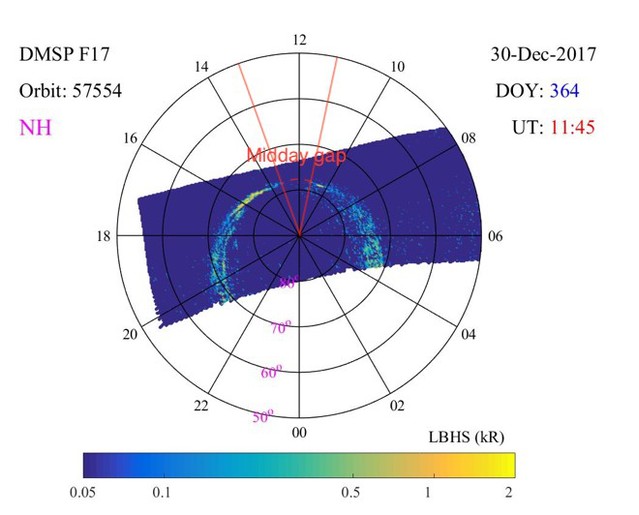Hui-Xuan Qiu1, De-Sheng Han1✉, Hui-Ting Feng1, Run Shi1, Su Zhou2, and Y-L.Zhang3
1 State Key Laboratory of M arine Geology, School of Ocean and Earth Science, Tongji University, Shanghai, China
2 School of Electronics and Com m unication Engineering, Guiyang University, Guiyang,China
3 The Johns Hopkins University Applied Physics Laboratory, Laurel, M D, USA
✉email: handesheng@ tongji.edu.cn
Abstract:
Taking advantage of the high spatial-resolution and global coverage of DMSP/SSUSI observations, we investigated the critical interplanetary factors in controlling the cusp auroral emission by dividing the midday auroras into the gap (weak emission) and non-gap (intense emission) events. Although the cusp auroral intensity is essentially determined by a parameter related to the IMF direction, IMF magnitude (|By|),and solar wind speed (V), we found that the cusp aurora is statistically weak during the southward IMF but intense when the V and IMF |By| are greater. Further, we confirmed that even with V > 600km/s, the intense-aurora event still shows a minimum occurrence near the IMF |By| = 0. However, when the IMF |By| is greater, the V becomes less significant for the intense-aurora occurrence. These results demonstrate that the IMF |By| is critical in controlling the cusp auroral intensity, most likely by producing an electricfield through.
Full Article: https://agupubs.onlinelibrary.wiley.com/doi/10.1029/2021GL092414



